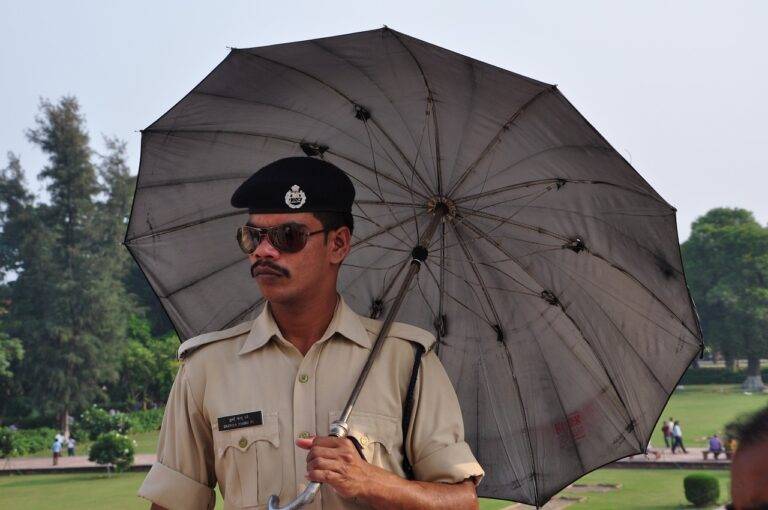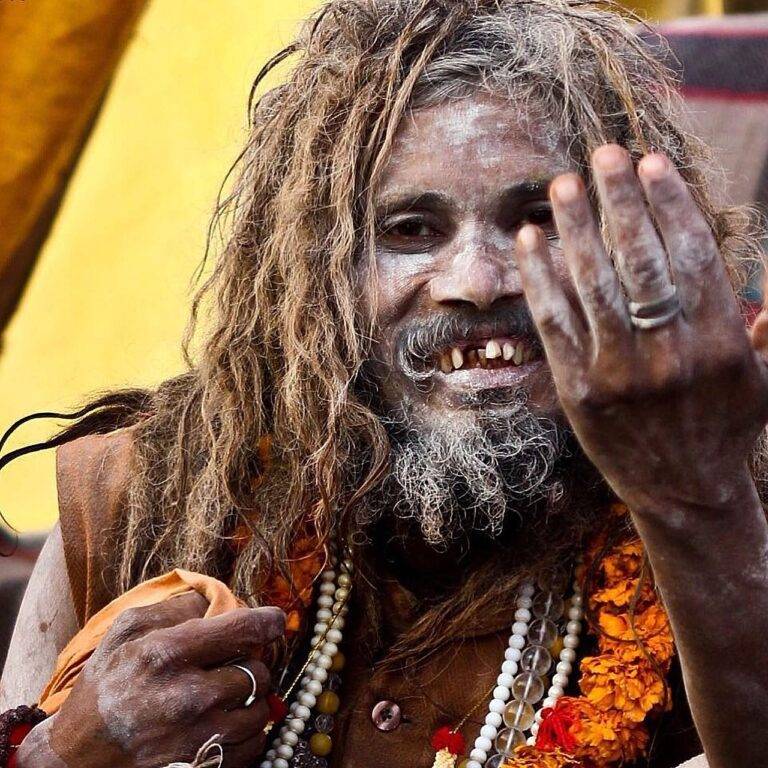Election Campaigning and the Role of Political Propaganda
Originating in ancient civilizations, political campaigning has a rich history that spans thousands of years. From the early days of public speeches and town hall gatherings to the modern era of digital media and targeted advertising, the methods used to sway public opinion and secure votes have evolved significantly over the centuries. In ancient Rome, for example, politicians often relied on personal charisma and rhetoric to garner support from the public, emphasizing their virtues and promising to address the concerns of the citizens.
Throughout history, political campaigns have been characterized by a variety of strategies and tactics aimed at convincing voters to choose one candidate over another. From the use of campaign posters and pamphlets in the 19th century to the rise of television advertisements in the mid-20th century, each era has seen the development of new techniques to capture the attention of the electorate. As technology continues to advance, political campaigns have increasingly turned to social media platforms and online fundraising to reach a wider audience and mobilize supporters.
• Ancient civilizations relied on public speeches and town hall gatherings for political campaigning
• In ancient Rome, politicians used personal charisma and rhetoric to garner support from the public
• Campaign posters and pamphlets were popular in the 19th century for political campaigns
• Television advertisements became prominent in political campaigning in the mid-20th century
• Social media platforms and online fundraising are now essential tools for modern political campaigns
The Evolution of Propaganda Techniques
Propaganda techniques have undergone significant transformations over the years, adapting to the changing landscape of political campaigning. In the past, propaganda primarily relied on simple slogans, posters, and speeches to sway public opinion. However, with the rise of technology and social media, propaganda techniques have become more sophisticated and targeted.
In the digital age, political campaigns leverage data analytics and social media algorithms to disseminate tailored messages to specific audience segments. This personalized approach allows for a more effective targeting of voters based on their demographics, interests, and online behavior. The use of micro-targeting has revolutionized propaganda techniques, enabling campaigns to reach voters on a more individualized level than ever before.
The Influence of Media on Elections
Media plays a pivotal role in shaping public opinion and influencing election outcomes. Through various platforms such as television, radio, and social media, political candidates can reach a wide audience and convey their messages effectively. The ability of the media to frame issues and portray candidates in a certain light can significantly impact voter perception and ultimately determine the election results.
In today’s digital age, the influence of media on elections has become even more pronounced. With the rise of online news outlets, podcasts, and social media influencers, politicians have new avenues to connect with voters and spread their campaign messages. The rapid dissemination of information through these channels has made it crucial for candidates to carefully manage their media presence and engage with the electorate in a strategic manner.
How has political campaigning evolved over the years?
Political campaigning has evolved from traditional methods such as door-to-door canvassing and town hall meetings to modern techniques like social media advertising and targeted messaging.
What role does propaganda play in elections?
Propaganda techniques have been used in elections to manipulate public opinion and sway voters towards a particular candidate or party.
How does the media influence elections?
The media plays a crucial role in elections by shaping public perception of candidates, influencing voter turnout, and framing the political discourse.
What are some examples of media influence on elections?
Examples of media influence on elections include biased reporting, sensationalism, and the spread of misinformation through social media platforms.
How can voters discern between fact and fiction in media coverage of elections?
Voters can discern between fact and fiction by fact-checking information, seeking out credible sources, and being critical of the information presented in the media.







